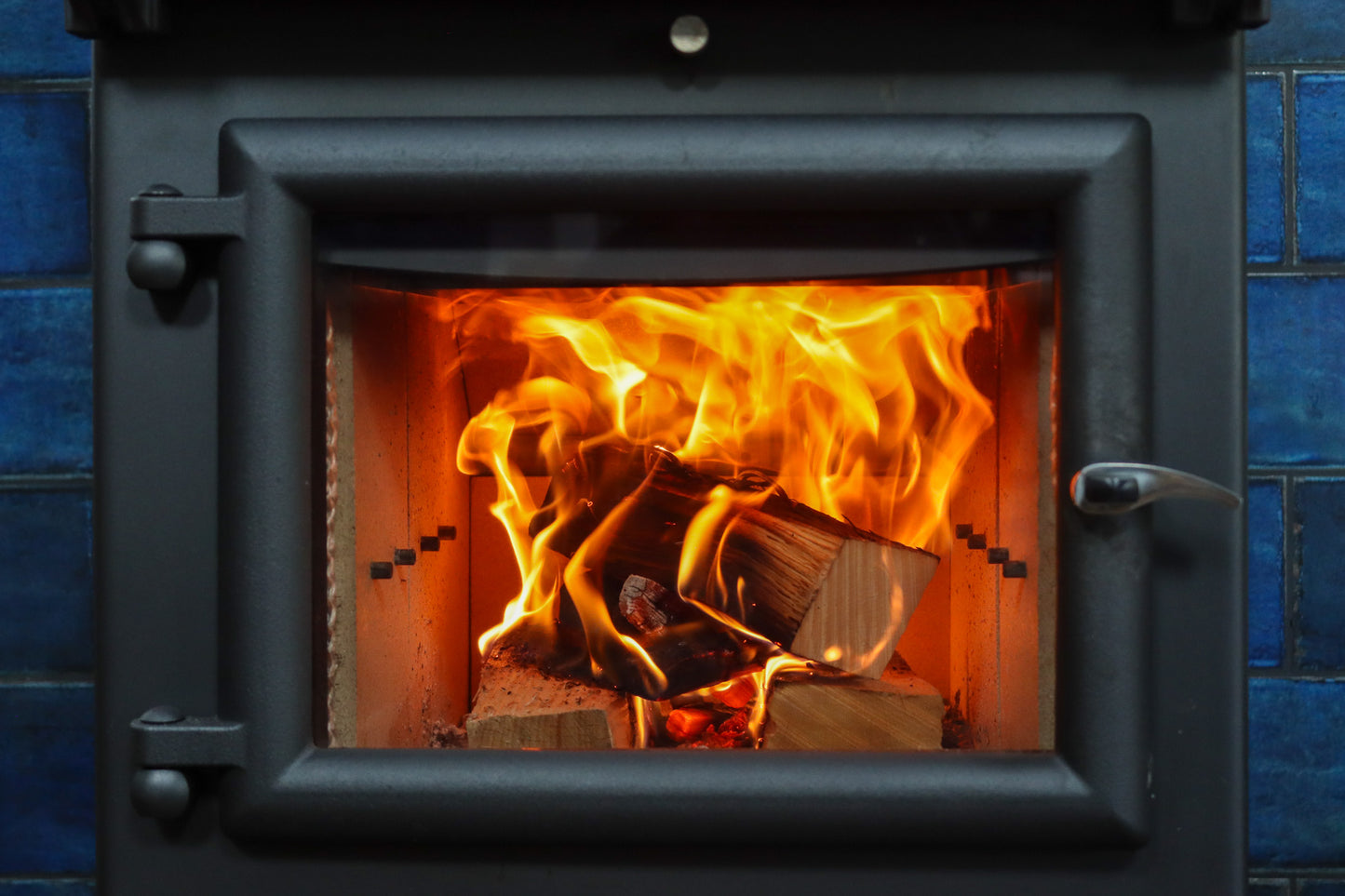

Bored of burgers and sick of sirloin? It's time to give picanha a go.
Picanha's a gorgeous cut of meat, perfect for cooking on the BBQ or over live fire, with fat that adds flavour without going tough or rubbery. We tried picanha for the first time last year (probably why Paul doesn't know how he wants to pronounce it 🤣) and it's now a firm favourite in our house.
What is picanha?
Picanha is a cut of beef taken from the top of the rump, above the butt. It's tender, juicy and extremely popular in South America, where it's always cooked over open fire.
Since it comes off the butt, there is a fat cap, but it's different to the fat cap on some other beef cuts - the picanha fat cap is buttery and delicious once cooked.
What to know when buying Picanha
There are three things to look out for when buying picanha
1. Size - as a general rule smaller cuts of picanha are better, no more than 1.5kg. Anything bigger and they will start to contain bits of other cuts too
2. Fat content - Look for a fat cap that is around 1.5cm thick
3. Appearance - You want your picanha to be a deep red colour with plenty of marbling for flavour
We love iDevour for great quality beef online, that's reared ethically and sustainably by Geraint and his team.
How to cook a picanha joint
There's a reason the Brazilians always cook picanha over fire! To get that great Maillard reaction you want to give your picanha some serious heat, and the fire allows the fat to baste the meat as it cooks - incredible!
We cook ours over live fire, using British beech for long lasting embers and apple wood for even more flavour, but picanha also works great on the BBQ - a reverse sear works brilliantly,
Cooking picanha over live fire - the video guide
Cooking picanha over live fire - the step by step
I cooked my picanha on my Kadai fire bowl using the hanging cooking grate attachment, but any fire bowl or asado grill with an adjustable cooking grate will work brilliantly. You will also need long BBQ tongs, good quality heatproof gloves and a meat thermometer.
Use common sense when cooking over fire, and always wear heatproof gloves to touch the cooking grate or fire bowl, or when adding wood to the fire.
1. The day before cooking
1. Prepare your picanha by dry brining with 1 tablespoons of salt per kilo of meat, and put some scores in the fat using a sharp knife. Leave the dry brined picanha in the fridge overnight and take it out when you're ready to cook.
2. The day of, get the fire ready
Set 6 to 8 of our british beech wood cooking splits in a jenga formation at the back of the fire bowl and get it lit. Once you have a roaring fire and the beech splits start to ember down, add some apple wood logs for that beautiful sweet smoke.
You'll need to keep the fire topped up throughout the cook, so don't be afraid to add more wood!
3. Put the picanha on the cooking grate
We want to give the picanha some smoke before heating it too much, so leave the fire at the back of the fire bowl for now and put the picanha, fat side down, on the hanging cooking grate, which should be above the middle of the fire bowl.
Use the hand test - you should be able to hold your bare hand by the picanha for around 5 - 6 seconds at this point. If it's so hot that you have to move your hand away more quickly, try to move some of the logs to bring the intensity of the fire down a touch.
Leave the picanha to cook slowly like this for around 10 to 15 minutes.
4. Flip the picanha
You should start to see the fat cap start to render, so flip the meat to allow it to cook nice and evenly. Flip it over and leave it for another 5 - 10 minutes.
5. Get some heat into the picanha
The picanha has had some smoke and the fat's started to render, but now we need to kick the heat up and get this thing cooked!
Keep the fire running at the back, but pull some coals forward to be directly underneath the picanha, using your tools and heatproof gloves, obviously. Use the hand test again, but this time you should be able to hold your bare hand near the picanha for 3 to 4 seconds. If it's too hot, move some coals back, if it's not hot enough, lower the cooking grate so that the picanha is closer to the coals.
6. Turn the picanha
You should start to see some bleeding through on the top of the joint, which shows that the joint is starting to warm through. Check the fat is nice and charred on the bottom and if so, flip the picanha over.
7. Cook to temperature
Regularly probe the picanha with the meat thermometer until the internal temperature is around 5 degrees below your favourite doneness - the more aggressive your cook, the more it will rise during resting.

8.Give the picanha a final sear
When the picanha is a couple of degrees below the temperature you plan to pull it, drop the cooking grate right down by the coals and give it a final blast of heat on the meat side, for an amazing sear.
9. Rest the picanha
Rest the picanha on a wooden board for 10 to 15 mins. I use this time to cook some tenderstem broccoli to go with the picanha.
10. Slice the picanha
Picanha has an obvious grain to slice across, and we generally want to slice picanha into nice, thin strips.
11. Season (if you need to)
Chef's treat - the taste test! Try a bit and see whether you need to add any extra salt, but there may have been enough from the dry brine. You'll probably want to add some black pepper to tase.
12. Eat!
Picanha served with brocolli and baked potatoes is a delicious dinner and it's just as good the next day, so stick the leftovers in the fridge and and have them cold with salad and spicy mayo on a homemade flatbread.
What wood should I use to cook picanha?
When cooking picanha, or any meat, over live fire, you should only ever use hardwood, dried to well below 20% moisture content.
Softwood is cheap for a reason - it will be smoky, smelly and won't burn hot enough to give your meat that gorgeous sear. Softwood also contains more sap which can taint the taste of your food.
Properly dried hardwood will light easily, burn hot and create a good bed of embers to cook with, emitting enough smoke to give your meat some flavour but not enough that you can't stand next to your fire pit!
We use our Beech Wood Cooking Splits to get the fire started and create a good base of embers then add some British Apple Wood Logs for the cook as it burns for ages, smells incredible and adds a subtle, sweet flavour to the outside of the picanha.
Found this useful?
We'd love it if you shared it with your fellow fire cooking enthusiasts!



